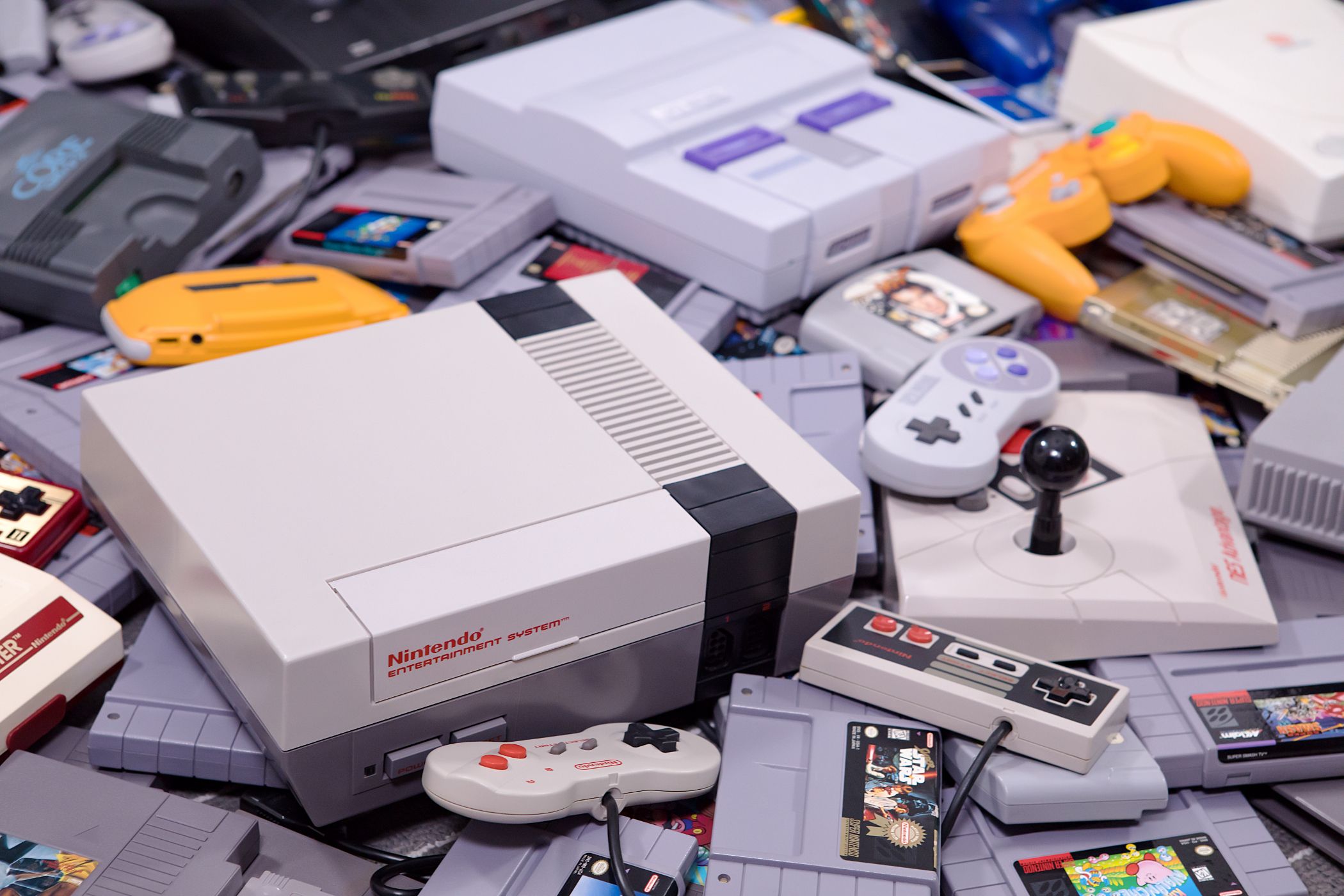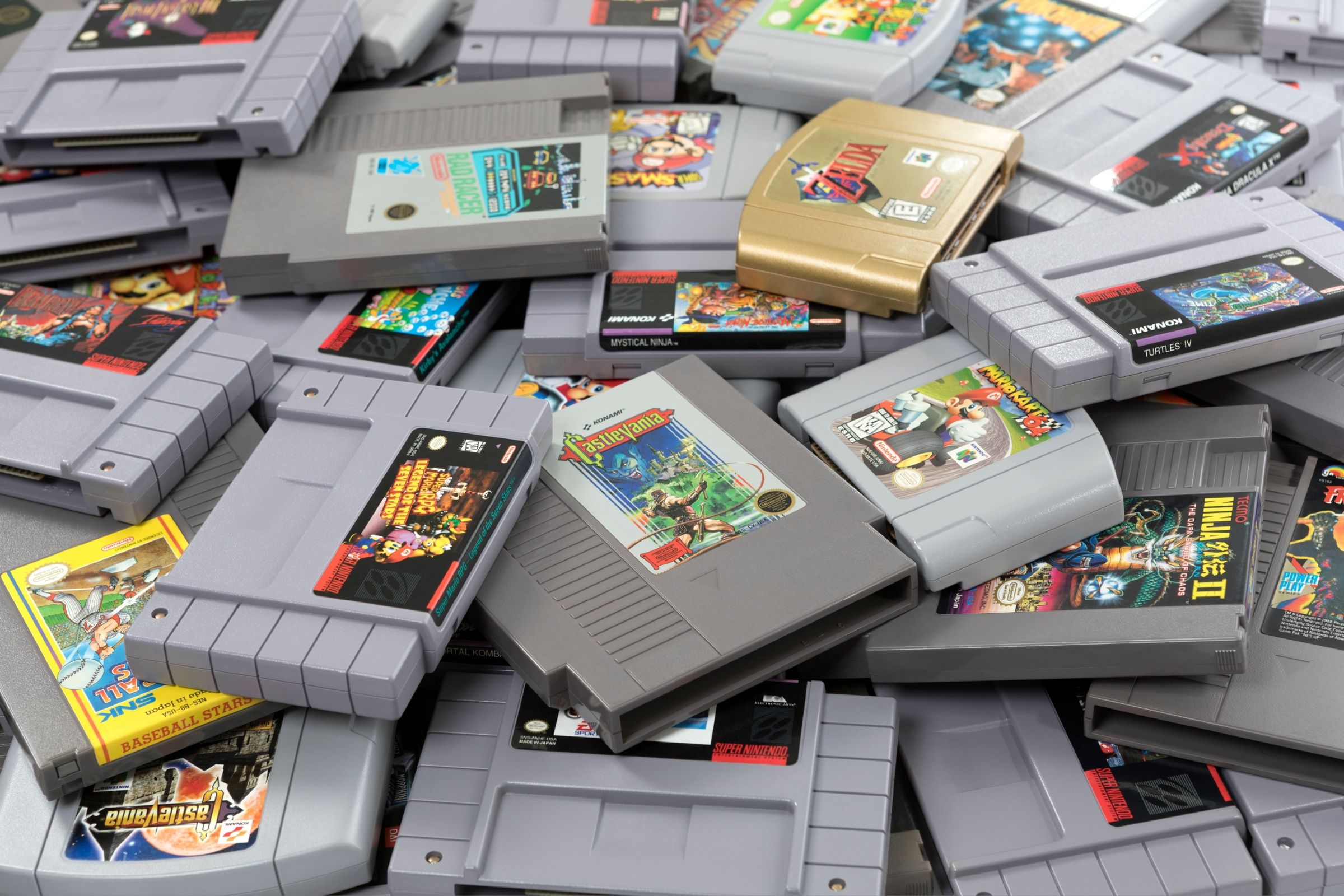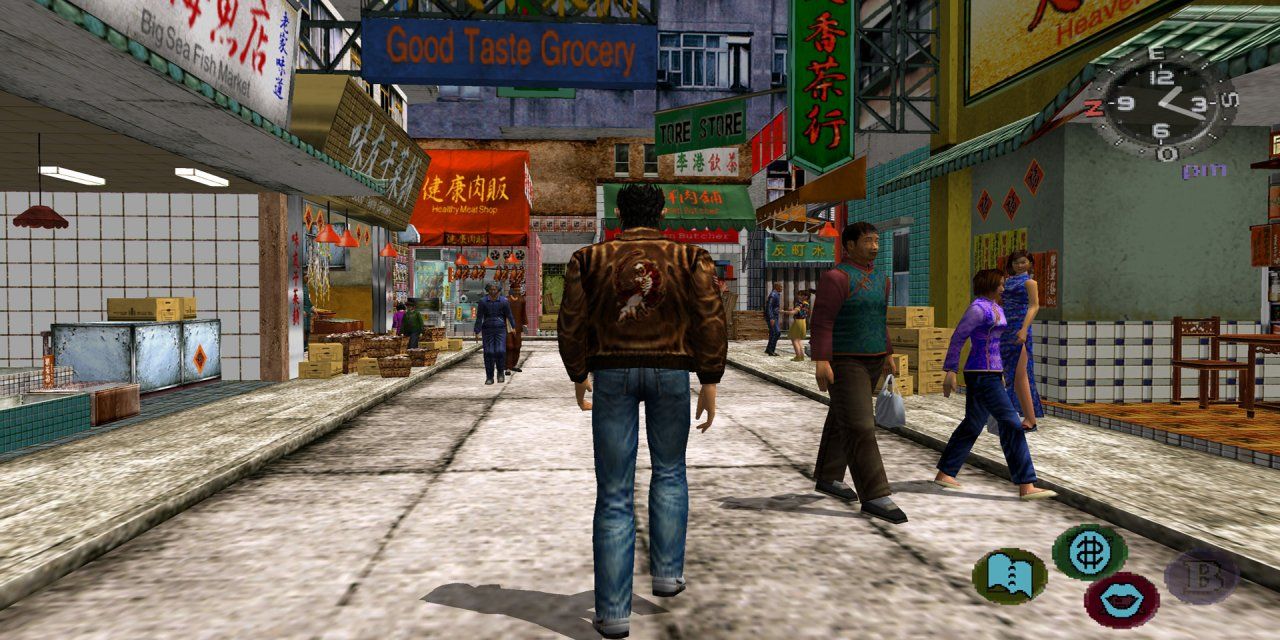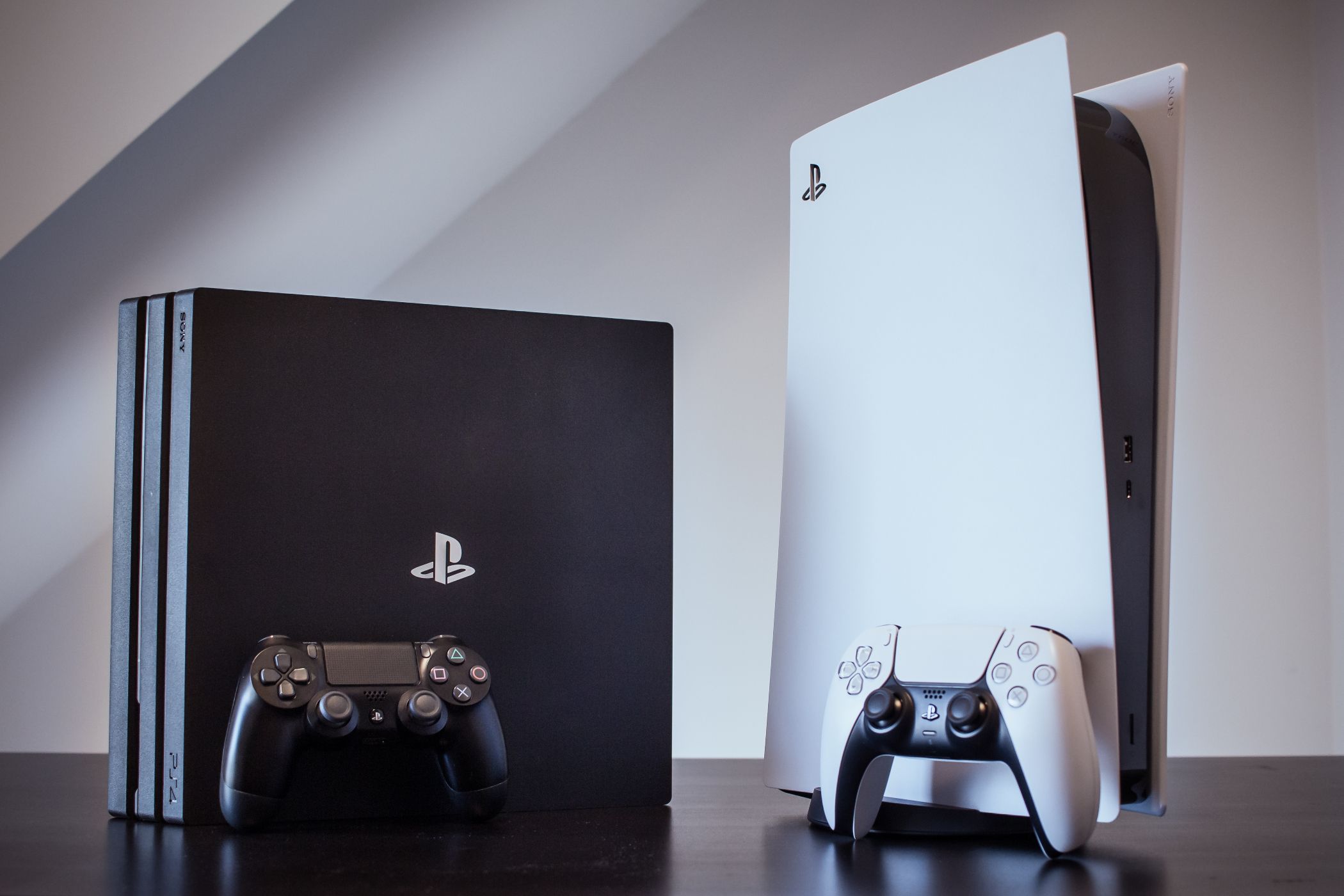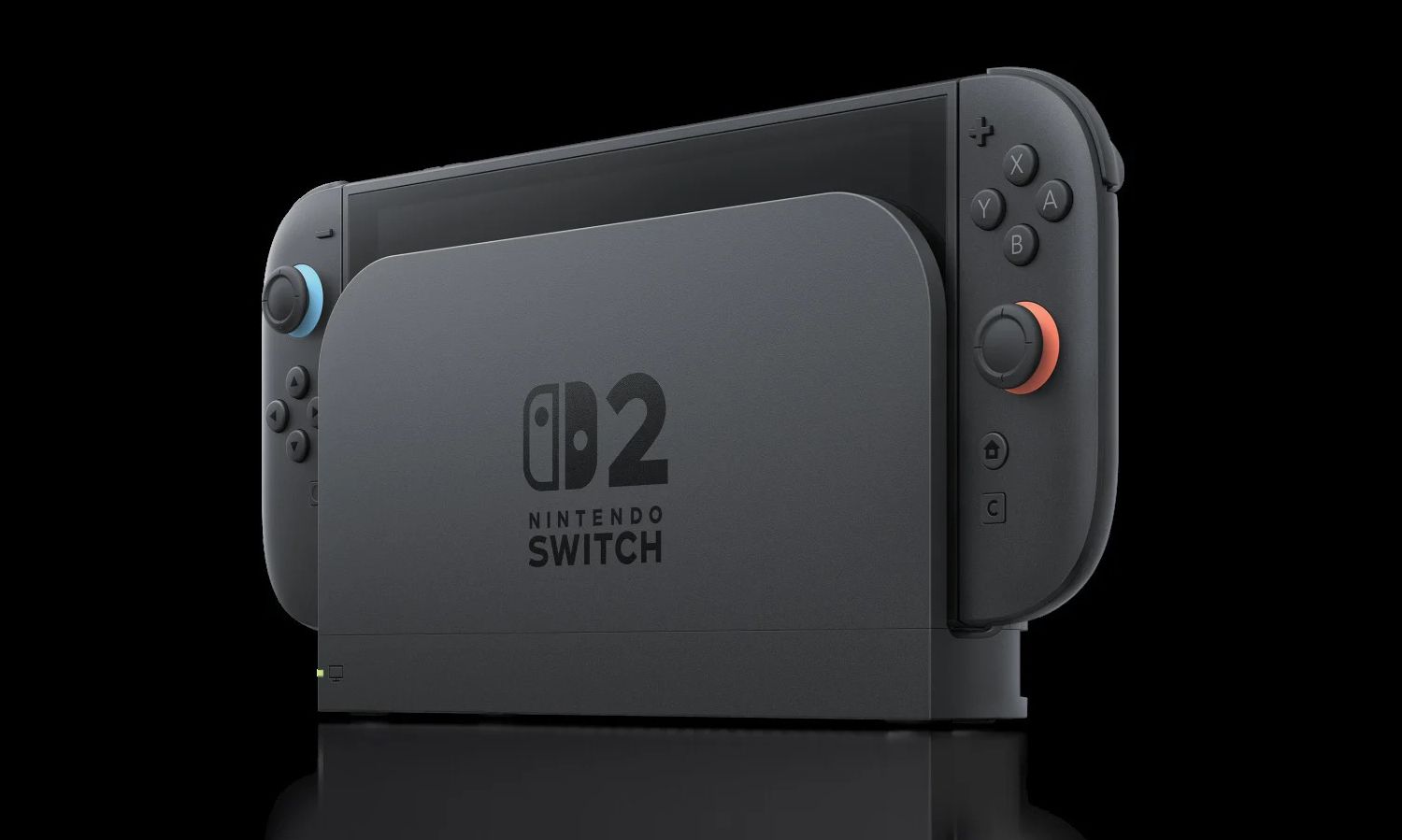Summary
- Console generations used to bring major technical advancements in gaming hardware, but recent generations have only offered minor graphical improvements.
- Current console generations are hindered by cross-gen game releases and a lack of groundbreaking improvements.
- Despite stagnant hardware advancements, each generation continues to introduce new gaming trends and technologies.
Console generations used to signify massive leaps forward for gaming hardware. We’ve seen the jumps from 8-bit to 16-bit, 2D to 3D, low-resolutions to high-definition—you get the point. But the last few console generations have only delivered slight graphical improvements with very few attempts at innovation.
With console prices rising and new games showing very little change from past systems, console generations are beginning to seem less meaningful with the release of each new system. However, console generations represent more than the hardware itself, and even the most recent console genres have brought a lot more innovation than most people realize.
Why Console Generations Used to Be Important
There are three things you can expect from every new console generation: better graphics, bigger games, and at least one new idea that attempts (though not always succeeds) to push the medium forward. This has been the case since the very beginning of the gaming industry, but the differences between new systems were once a lot more drastic.
Let’s start with the shift between the first and second console generations, which saw the jump from the Magnavox Odyssey to the Atari 2600. At the time, it was an explosive technical evolution in which console games suddenly leveled up from the simplicity of Pong into the exciting action of Pitfall. The Atari 2600 and other second-gen consoles elevated themselves above the previous generation with their ability to display more than just lines and dots.
Most importantly, the second generation saw games become larger and more complex, allowing home consoles to host a much wider variety of gaming genres. This was further helped by the second generation’s use of swappable game cartridges. We take them for granted now, but cartridges laid the foundation for every modern gaming system. The second generation was when consoles stopped being one-note toys and became full-fledged entertainment systems, now able to support an entire industry of standalone releases from both first and third-party developers.
From there, every new console generation has built upon the groundwork laid by its predecessors. The third and fourth console generations continued to raise the bar for both audio and visuals in video games, while also having the processing power to support larger games and more complex mechanics. The fifth and sixth generations kickstarted the rise of 3D gaming and produced many early attempts at realistic graphics. The seventh generation took this even further with its HD visuals and permanently reshaped the gaming landscape by bringing online multiplayer to the forefront of the industry.
The start of every new console generation felt like a monumental event, with each new system promising truly next-gen experiences. New systems weren’t solely meant to support prettier graphics; they also enabled games to deliver ambitious experiences with a scale and level of detail that would have been unimaginable on older systems. It’s the reason games like Shenmue, The Legend of Zelda: Ocarina of Time, and Halo: Combat Evolved left a lasting impression on players. These titles pushed their respective systems to the limit and showcased just how far games had evolved from previous console generations.
However, console generations aren’t just defined by the consoles themselves. The quality of each generation is also determined by the games released during their time, the genres and trends that shape their catalogs, and the overall state of the gaming industry throughout the era. After all, when you look back on any console generation, the first thing you think of is usually its games. If you hear someone say that the sixth console generation is their favorite era of gaming, they probably aren’t just talking about the technical specs of the PlayStation 2 or Dreamcast, but more likely the hundreds of fantastic games that made their home on these systems.
With every console generation has also come a new wave of gaming trends, many of which are tied to the newest innovations of their era. Fourth-gen consoles were dominated by 2D platformers like Sonic the Hedgehog and Super Mario World, which often made full use of the hardware for their vibrant 16-bit visuals and blistering fast speeds.
The fifth console generation saw 2D genres get pushed aside for their 3D counterparts—for better or worse. Later on, the sixth generation’s upgraded processing power sparked a surge of sprawling open-world sandboxes and lengthy story-driven JRPGs. Even in the divisive seventh generation, gaming trends continued to evolve alongside their hardware, with the rise of online multiplayer and motion controls paving the way for a glut of gritty multiplayer shooters alongside hundreds of family-friendly party games.
While some console generations are better than others, the start of any new console generation is a major milestone. Between the release of new hardware, new games, and new innovations, the next era of gaming should always be an exciting time for both players and developers—the key word here being “should.” Unfortunately, the last few console generations have been among the most disappointing in gaming history, and their declining quality is a worrying sign for the future of video game consoles.
Why Consoles Stopped Innovating
If every console generation up to this point has worked towards the goal of creating games with photorealistic graphics and infinitely massive scopes, what happens when that dream becomes a reality? How can consoles improve beyond that point? That’s the problem that the current generation of consoles is facing.
Part of the problem is that the ninth console generation was released too early for its own good. For most of the ninth-generation’s lifetime, the majority of its games have also been released on last-gen systems. It’s certainly not the first time games have received cross-generational releases—just about every previous console generation launched with a sizable catalog of cross-gen titles—but these usually wane off after the first few years.
It’s been almost five years since the PS5 and Xbox Series X|S launched in late 2020, yet many of their games are still receiving cross-gen releases. While that’s great for anyone who hasn’t made the jump to the ninth generation—which is still a significant portion of players—it also highlights just how unnecessary current consoles have been for modern games. Even with the ninth generation’s improvements to graphics and performance, very few games have delivered a truly “next-gen” experience.
That’s not to say video game graphics have somehow hit their peak. No matter how lifelike current releases may look, there will always be room for future games to push their uncanny realism even further. However, these improvements are nowhere near as revolutionary as past innovations like the introduction of 3D graphics or the jump to HD visuals. The current generation has instead been focused on making the most of minute details. We’ve seen stunningly realistic character models and lifelike lighting achieved through ray tracing, but most games on modern consoles don’t look all that different from their eighth-generation versions.
Adding to these problems, simply trying to categorize recent consoles into a single generation is unnecessarily difficult because of their inconsistent release dates. Whereas the initial eighth-gen consoles all launched within the span of a year, Nintendo broke from its standard with the Switch’s early 2017 release, predating PlayStation and Xbox’s ninth-gen consoles by three years. Whether this means the Switch counts as part of the eighth or ninth generation (or somewhere in between) is still a widely debated topic, and we’ll probably see the same argument ignite over the upcoming Switch 2.
In the modern gaming landscape, the announcement of a console generation doesn’t carry the same weight as before. With new consoles sharing so much in common with older systems, console generations are starting to feel like nothing more than an excuse for companies to shove out brand-new consoles and pricier games. Combined with the fact that consoles like the Switch and PS5 Pro aren’t following any traditional release schedule, there’s very little reason to care about new console generations anymore.
Consoles Generations Still Serve a Purpose
No matter how long gaming consoles stay the same, the rest of the industry will always be changing. Consoles may not be the best way to define each era of video game history anymore, but that doesn’t mean console generations will be going away anytime soon.
Within the last few console generations, we’ve seen the start and end of some of the biggest gaming trends in history. You might remember the seventh generation’s seemingly endless supply of generic military shooters and linear single-player campaigns, but those games gradually vanished as the eighth generation gave rise to a resurgence of open-world sandboxes and expansive RPGs. Multiplayer experiences were similarly overtaken by the deluge of hero shooters and battle royale games. Most of these genres slowed down with the start of the ninth generation, though it remains to be seen which trends will define the current consoles.
The gaming industry itself has also undergone drastic overhauls in the past few years, even if they haven’t all had a positive impact. The abundance of failed live-service games, frequent industry layoffs, and continuing push for an all-digital future are just a few examples of the current console generation’s many problems.
On the other hand, this generation has been full of fantastic games from every corner of the industry. Small AA studios have been able to deliver amazingly creative experiences like Hi-Fi Rush and Clair Obscur Expedition 33. Indie teams and solo developers found success with games like Animal Well and Balatro. Even remakes and remasters like Final Fantasy VII: Rebirth and The Elder Scrolls IV: Oblivion Remastered have consistently surpassed fan expectations.
Although the current batch of consoles seems to be more comfortable iterating rather than innovating, they have still produced numerous advancements in both gaming technology and trends. The current generation even boasts a few underappreciated innovations, such as the uniquely immersive haptic feedback of the DualSense controller and the PS5 Pro’s gorgeous 4K upscaling. Good or bad, every console generation will find some way to set itself apart from the rest.
While the distinction between console generations now seems less important than ever before, there’s still some value in understanding the different eras of gaming history. With each generation, new trends begin and end, console manufacturers rise and fall, and new technologies attempt to change the way we play games. While some console generations will inevitably be better than others, having this simple way to categorize the complicated history of video games makes it easier to understand how the medium has evolved.

